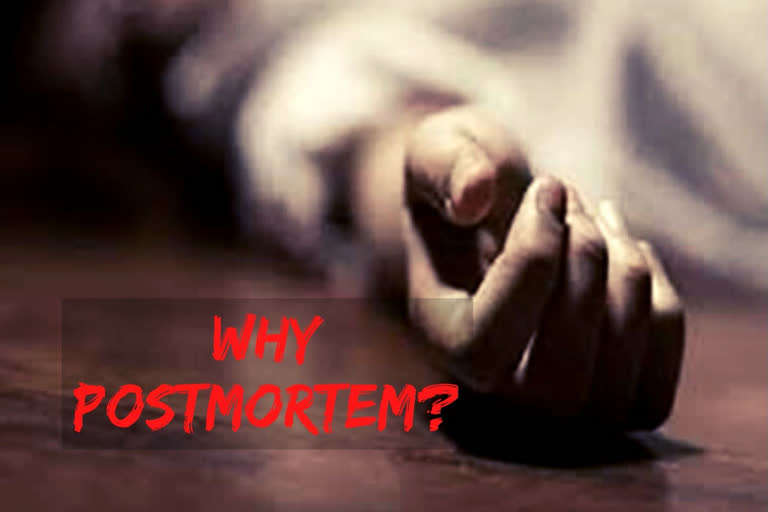New Delhi:Four convicts of the 2012 Delhi gang-rape and murder case were finally hanged to death on Friday morning, bringing to an end the over seven-year-long court battle fought by the victim's parents for justice in the case that shook the conscience of the nation.
The post-mortem of the Nirbhaya convicts has shown asphyxia as the cause of death.
"In the post-mortem of four convicts, the autopsy revealed that the cause of death asphyxia. we found they suffered neck bone fracture due to which internal organs like brain and spinal cord got damage and they died," Dr BN Mishra, forensic expert at Deen Dayal Upadhya hospital said.
But why are post-mortem being conducted of dead prisoners? The post-mortem comes in line with the order of Supreme Court in Shatrughan Chauhan's case in January 2014.
"By making the performance of post mortem obligatory, the cause of the death of the convict can be found out, which will reveal whether the person died as a result of the dislocation of the cervical vertebrate or by strangulation which results on account of too long a drop," the apex court had said in its order.
"Our constitution permits the execution of death sentence only through the procedure established by law and this procedure must be just, fair and reasonable," the order added.
KC Kaushik, former Additional Solicitor General (ASG) and senior Supreme Court lawyer said that the postmortem of execution of death row convicts were done, keeping in view the guidelines laid down in the landmark judgment of Shatrughan Chauhan vs Union of India.
"The guidelines laid down in Shatrughan Chauhan judgment that after the execution of convicts in jails, the post mortem has to be conducted as per law," Kaushik said.
